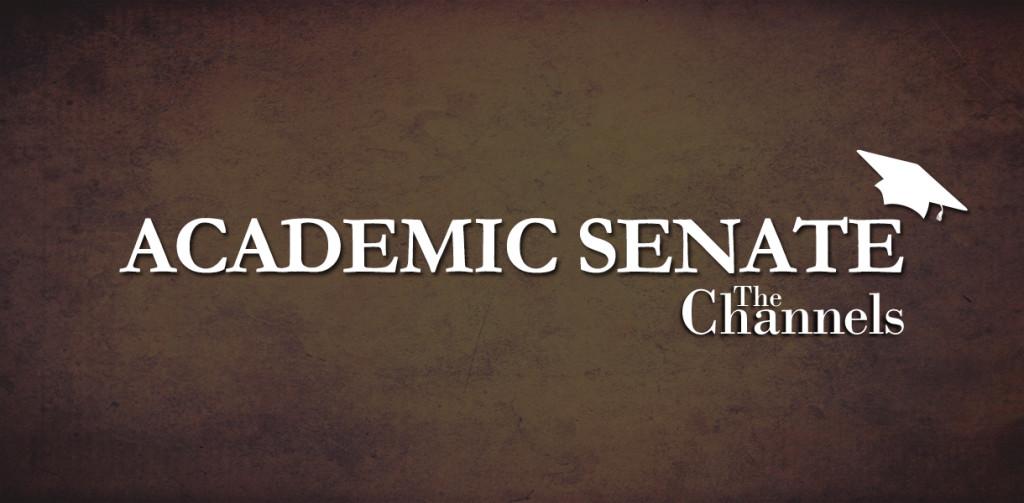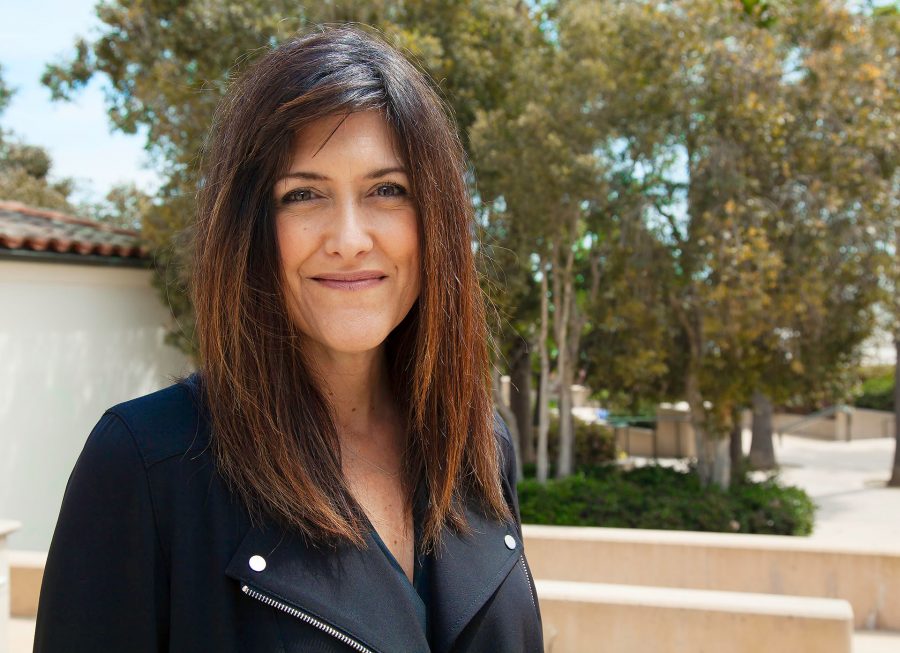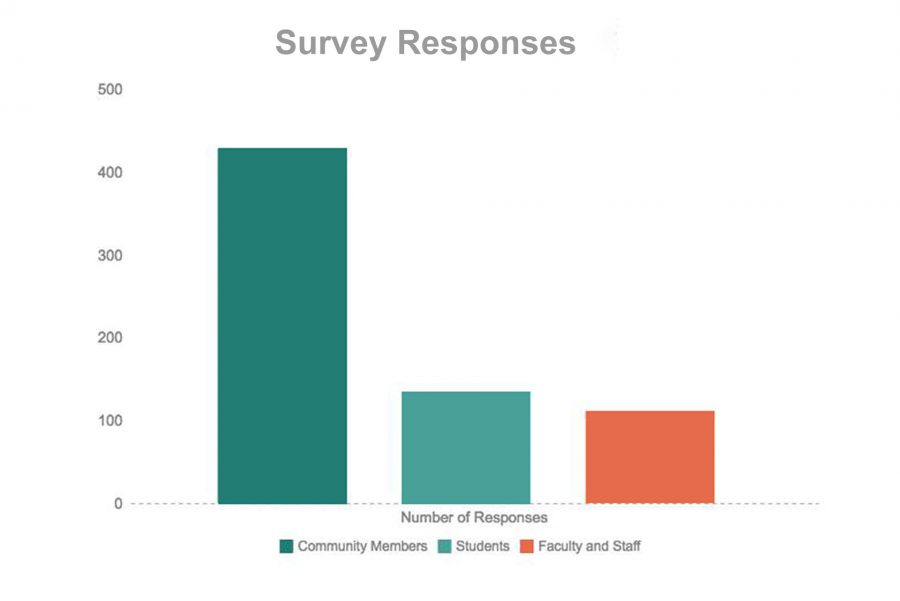City College has scheduled a five-day workshop this summer for teachers to improve their online classes in order to keep students enrolled.
“The number one reason for drop-outs is confusion,” said Doug Hersh, dean of distance learning and educational programs.
He explained that too many pages for online courses focus on static content, like plain text files.
Also, there’s little, if any, instruction on how to navigate them. It’s potentially worse for online versions of student services like financial aid or academic counseling.
To its detriment, the current Blackboard program used is a closed-source system. That means it can’t be altered or modified by its users, only its owners.
Blackboard is also expensive, costing the college $208,000 a year in licensing and other fees to those same owners.
Moodle, used by an increasing amount of instructors on campus, is open-sourced, so not only can anyone use it for free, but also any user can submit proposals on how to change or improve it.
And instead of Blackboard’s corporate for-profit model, Moodle is made by educators for educators, and doesn’t cost a penny.
Hersh said, in theory, the $208,000 can be used for other things, “like investing in the college’s future.” He said that would be “a wiser investment in resources.”
The trick is to have things users require at “the point of need,” as Hersh called it. In human social interaction, that means being able to “see the whites of their eyes.”
Major features being taught to those faculty and staff that attend the five-day workshop next month will be using video links and Skype.
David Wong, head of faculty support said human social interaction for online classes has been traditionally text based with the occasional phone call and hardly ever any face-to-face time.
But being able to communicate with a teacher by virtually seeing them, makes it more likely the student will succeed. Wong also said that increasing this kind of virtual social presence improves retention rates of students, a figure Wong, Hersh and others find encouraging.
“Students tend to like it,” said Wong, who went on to explain the summer program’s bigger scope, describing it as “an across the board effort,” noting that student services may also participate and capitalize on the same Moodle communication tools for their own departments.
Not only could a student in Boston or Bangkok take a City College class online or “meet” with a teacher during office hours, they could also meet with an academic or financial aid adviser from the comfort of their far off home.
Such improvements could also benefit students with certain disabilities.
Some teachers already use Moodle for more than posting a syllabus. Dr. Phyllis Eisentraut is one of many instructors who use it for online quizzes. And Matt Mooney, who teaches U.S. History both on campus and online, finds the way classes interact online can mirror what goes on in a traditional face-to-face setting.
When he started teaching, Mooney did it with chalk.
“If I could lecture for an hour and a half, I’d be stoked,” he said.
Last summer, he taught an online version of History 100 to students in different parts of the world.
Now he sits in his office on the third floor of the IDC building grading online responses to an assignment.
“Moodle is pretty intuitive, so it doesn’t take a ton of prep to use it,” Mooney said.
But Moodle may have certain limitations, depending on what you’re teaching.
Although one of the first to use Moodle at the college, social media instructor Kenley Neufeld found it limited for the needs of his class.
So he built and hosted his own site, which utilized WordPress and heavy blogging. Because the class was teaching students how to build their own similar domains, Neufeld’s choice made sense.
Although Moodle is respected in the educational field, Neufeld doesn’t think of it as a good media tool.
Mooney pointed out how radically classrooms have changed.
“From a piece of chalk to teaching all over the planet,” he said. “What’ll it look like in 10 years?”








